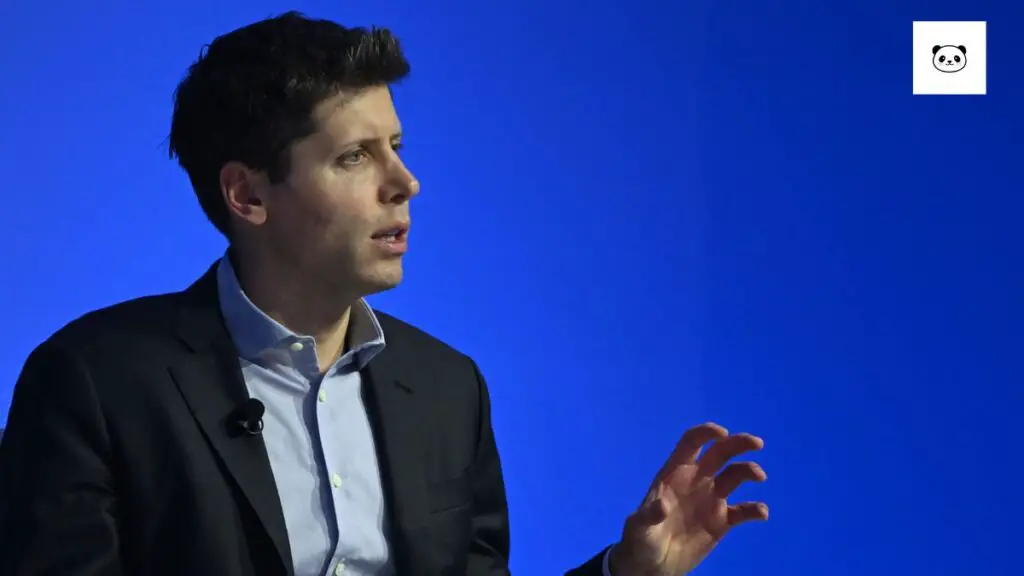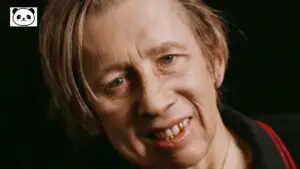In a tumultuous weekend, OpenAI, the renowned artificial intelligence company behind ChatGPT, witnessed significant leadership changes and a potential mass exodus of employees. The drama unfolded with the ousting of co-founder Sam Altman as CEO, leading to a cascade of events, including Altman’s move to Microsoft and the appointment of Twitch co-founder Emmett Shear as OpenAI’s interim CEO.
Leadership Upheaval at OpenAI
The abrupt departure of Sam Altman as CEO, announced by OpenAI’s board, cited concerns about communication transparency. Altman’s push to commercialize the company’s products clashed with the board’s preference for a more cautious approach to advancing the technology.
Altman’s Transition to Microsoft
Despite reports of efforts to bring Altman back to OpenAI, he announced his decision to join Microsoft and lead a new AI research team. The move signifies a strategic shift for Altman and the beginning of a new chapter in his career.
Greg Brockman’s Parallel Move to Microsoft
Co-founder Greg Brockman, who resigned in solidarity with Altman, is also joining Microsoft, adding to the unfolding narrative of internal dynamics. Microsoft CEO Satya Nadella confirmed Brockman’s inclusion in a post on X (formerly Twitter).
Employee Revolt and Resignations
Over 500 of OpenAI’s 700-plus employees expressed their discontent through a signed letter, demanding the resignation of current board members. Threatening imminent resignations, employees sought the reinstatement of Altman and Brockman, stating that Microsoft had assured positions for them in a newly announced subsidiary run by Altman and Brockman.
Board’s Second Thoughts and Investor Pushback
Reports surfaced that the board was reconsidering the decision to remove Altman, potentially influenced by pushback from investors. Altman’s return, however, remains uncertain, with conflicting reports about the board’s stance on the matter.


OpenAI’s Board Composition
With Altman and Brockman out, the current OpenAI Nonprofit board includes chief scientist Ilya Sutskever and non-employees Adam D’Angelo (CEO of Quora), Tasha McCauley (technology entrepreneur), and Helen Toner (Georgetown Center for Security and Emerging Technology).
Interim Leadership: Emmett Shear Takes Charge
Initially naming Mira Murati, OpenAI’s Chief Technology Officer, as interim CEO, the board later reversed course, appointing Emmett Shear, co-founder of Twitch, to lead the company during this challenging period. Shear expressed concerns about AI advancement and emphasized the need for careful progress.
Employee Backlash and Unity Efforts
OpenAI chief scientist Ilya Sutskever, part of the board that ousted Altman, expressed regret for his involvement and pledged to work towards reuniting the company. The letter from employees underscores the unity among staff, highlighting concerns about competence, judgment, and the mission’s well-being.
Shear’s Plans for Stabilizing OpenAI
Emmett Shear acknowledged the mishandling of Altman’s removal and committed to hiring an independent investigator to generate a report on the matter. He stressed the importance of stability and success, outlining plans for organizational changes and governance improvements.
Altman and Brockman’s Willingness to Return
Conflicting reports suggest that Altman and Brockman are open to returning if the remaining board members step aside. The situation remains fluid, with ongoing discussions about the future leadership of OpenAI.
Denial of Safety Concerns
Shear dismissed the notion that Altman was removed due to disagreements on safety measures, emphasizing his commitment to the commercialization of OpenAI’s models. This clarification aims to address concerns about the company’s strategic direction under the new leadership.
The Tech Community’s Response
Analysts, including Wedbush Securities’ Dan Ives, characterized the situation as a potential historic debacle decision in Silicon Valley. The tech community closely watches how OpenAI navigates this crisis and the implications it may have for the broader AI landscape.
In conclusion, OpenAI finds itself at a critical juncture, grappling with leadership shifts, employee dissent, and external scrutiny. The company’s ability to navigate these challenges and chart a clear path forward will not only shape its own future but could influence the broader trajectory of AI development. As OpenAI seeks stability under new leadership, the eyes of the tech world remain firmly fixed on the unfolding narrative









